How To Change Wallpapers For A Windows 10 Multi-Monitor Setup?
When you use a Windows 10 multi-monitor setup, you may have noticed that the desktop image does not display on all the screens, or just not the way you might like. In this article, we will see how we can change wallpapers for a Windows 10 multi-monitor setup.
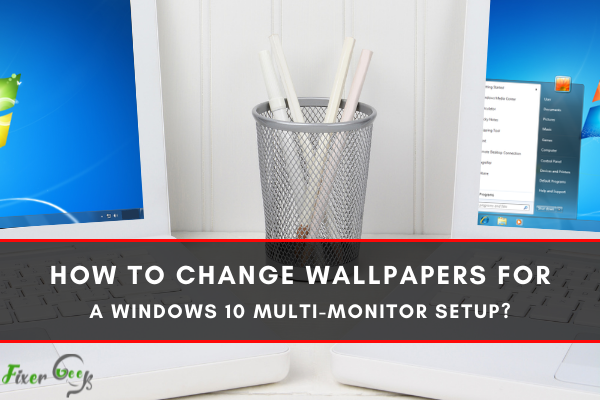
If you have a multi-monitor setup and are wondering how to customize each of them with a unique wallpaper, then you’ll be pleased to know that it is fairly easy to do so. In this article, we’ll walk you through the steps you need to set up different wallpapers for your multi-monitor setup. They’re as follows:
- Go to Windows 10’s Settings. To do this, go to the Start Menu and locate the Settings app. Another way is to press the Windows key + key on the keyboard.
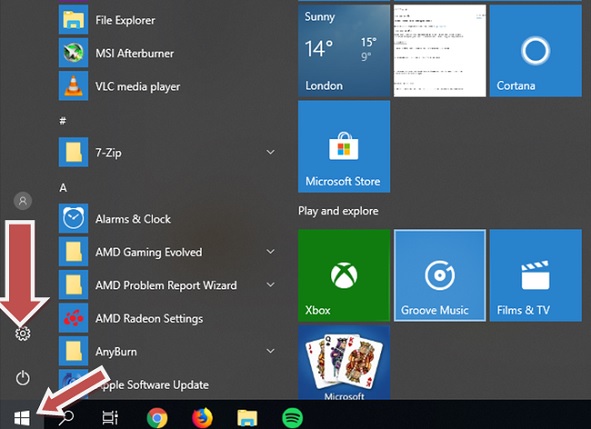
- Once you’re on the Settings menu, the next step is to head to the Personalization category.
- Under Personalization, select Background. Another way to get to the Background setting is by choosing an empty space on the desktop and right-clicking on it. You will get the Personalization category in which you can select the Background option.
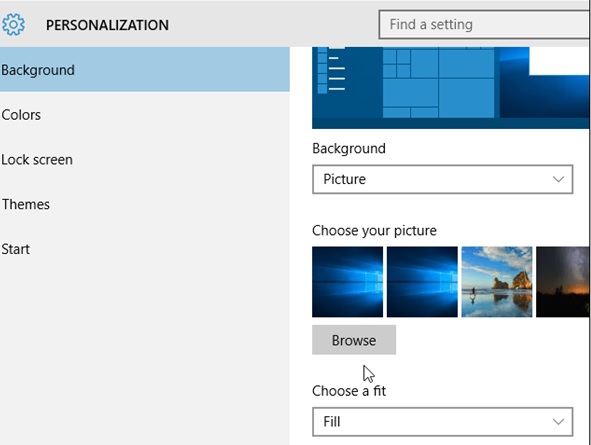
- On the desktop Background, click on the drop-down menu where you should see several options including “Picture.”
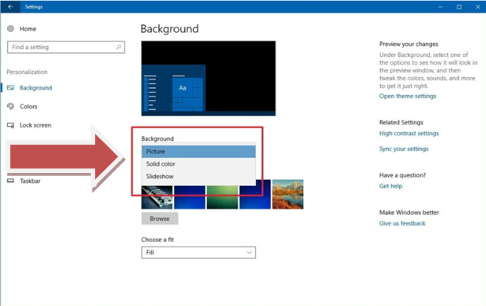
- Click on it and browse through the background images provided. You can also browse through other images that are on your PC. Make sure that you deselect the images that are automatically checked by Windows and only select the ones that are to your liking.
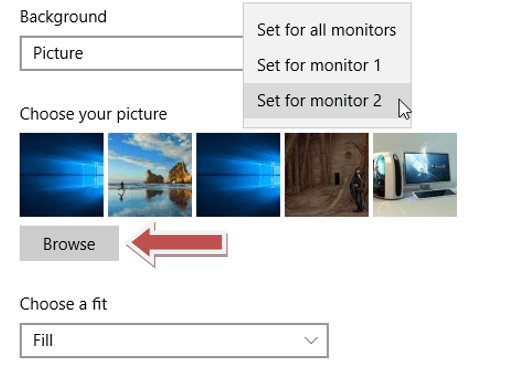
- Once you found the image that you like, right-click on it and choose the monitor for which you intend to set it as the background. Once you have the first image, right click on it and choose “Set for monitor 1.” If you have another monitor, choose a second background image and select “Set for monitor 2.”

- This way, you can assign each image to its intended monitor. If you don’t know the numbers for different monitors, go to the Settings menu then click System and then Display.
- Once you have set the background images for your Windows 10 monitors, click on the “Save changes” button that is located at the bottom left of the window.
How to Adjust Wallpaper Settings?
Note that you may need to adjust your wallpaper settings if your wallpapers don’t display on your monitor. To do so, simply follow these steps:
- Right click on the Start/ Windows icon.
- Select the Run command then “control /name Microsoft.Personalization /page pageWallpaper” without the quotation marks.
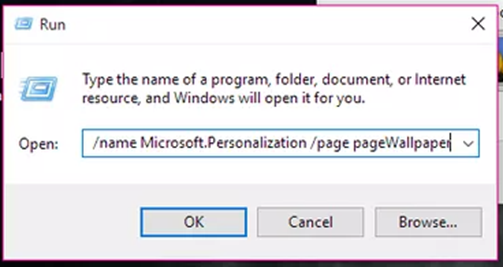
- After that, hit the Enter key or click OK.
- To change how often the images are changed, click the “Change picture every” menu. Here, you can set the time for which you want the images to change.
- To make changes to how the pictures are displayed, go to the “Picture position” menu and click on the drop-down menu. In order to ensure that different images are displayed on your monitor, you need to go to the “Picture Position” menu. Once there, be sure to set it to Fit, Fill, Center, or Stretch.
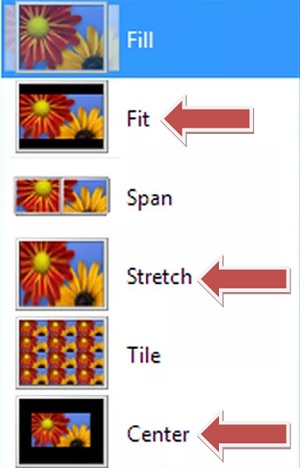
However, if you only set one long picture for different monitors, you should set the Picture Position to “Span” or “Tile”.
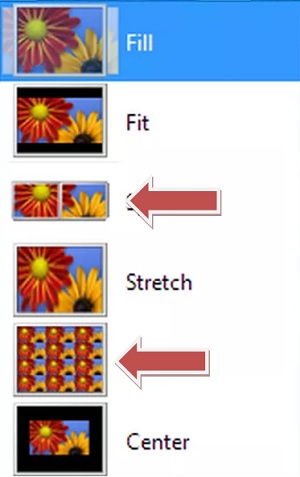
The Span option stretches long images on different displays. This way you will only see one image on different monitors. To do this, follow the steps below:
- Choose a long image.
- Set it as the background image for your first monitor.
- On the Personalization Menu, select Background.
- Go to the “Choose a fit” option and click on “Span.”
Summary: Change Wallpapers for a Windows 10 Multi-Monitor Setup
- On your primary display, right-click on your desktop and select Display settings.
- Click the checkbox next to "Make this my main display."
- Scroll down and make sure both displays are set to the same resolution.
- Now open the Settings window format.
- Then select "Personalization".
- Click on the "Background" option.
- In the Background dropdown box, select one of the wallpapers you want to appear on each display using the Slideshow option.
- Then click on Save changes.
Conclusion
As you can see, though the process can be long, setting wallpapers for your multi-monitor setup is pretty straightforward. Just make sure that you follow each of the steps to change your wallpapers successfully.